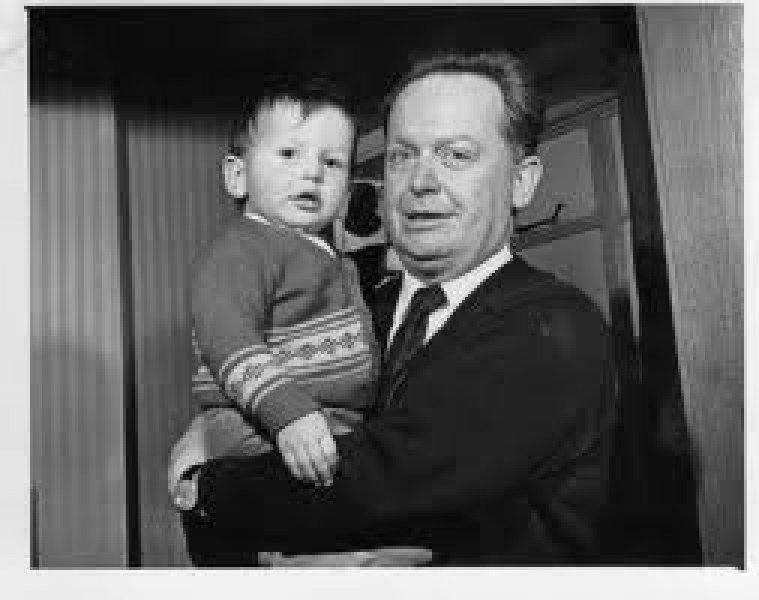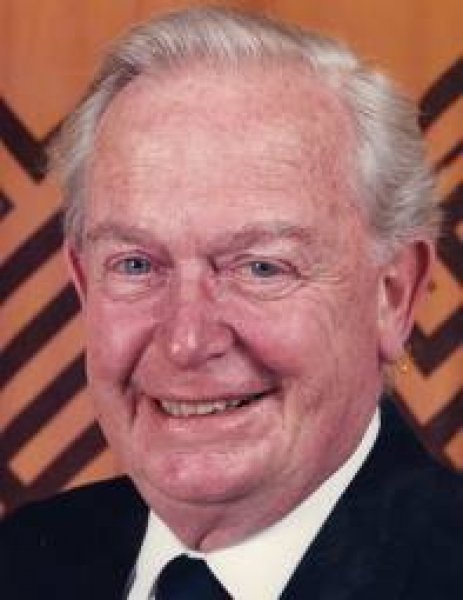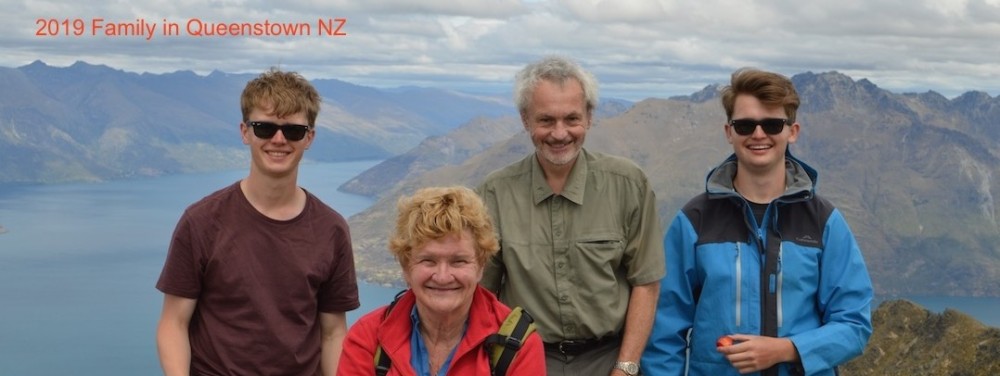
Norman Coulshed, 1940
Norman Coulshed was born on 9th January 1922 in a village called Whitworth, north of Rochdale. His father William was a teacher in the local school. In the 1930s the family moved to Banks near Southport when his father gained a teaching post in the village. Both Norman and his elder brother William won scholarships to go to the local King George V grammar school at Southport. At King George V, Norman was school captain of rugby, playing halfback, and of cricket, as a spin bowler and fielding close to the wicket. He did well academically, though he found mathematics difficult, and developed a dislike of Shakespeare because of the poor teaching of English he encountered there. He won a place at Liverpool University to study Medicine in 1940. This was paid for in part by scholarships that he won at school. During his undergraduate days he travelled in to Liverpool from Banks by railway each day. He recalled in the May 1941 Blitz how the Southport line terminated at Seaforth as the line into Liverpool Exchange had been bombed, and he had to walk in to the University. He vividly recalled seeing a burning tram in Liverpool, and nearby an exhausted fire engine crew asleep in their fire engine. He was also part of the Banks Home Guard, and always said that ‘Dads Army’ was closer to the truth than many people realised. Norman did not have much spare time for any other university activities, as money was short and he had to return to Banks each evening. Also, if he had failed his exams, he would have been recruited immediately into the armed forces. He qualified from Liverpool University in 1945.
With a Lyons Jones scholarship in pathology, Norman was house officer at Southport General Hospital. It was there that he met ward sister, Olive Bradbury. Norman was then drafted into the RAF in 1946, serving as Medical Officer at RAF Finningley in Lincolnshire. Norman did not much enjoy his time in the RAF, but he did learn a few risqué RAF songs that he could tease his family with later in life. Olive went to the USA on board the Aquitania, but following his demobilisation he met her on the Liverpool quayside on her return in 1949, and they were married in 1950 in Liverpool. At first they lived in Olive’s father’s house on Score Lane, but in 1963 they moved to a larger house on Woolton Hill Road, where they would stay for over forty years. The photo below was taken of Norman and John in this house in 1966.

Norman then became a house physician at Clatterbridge with Dr Baker Bates and a junior registrar at Broadgreen, Sefton General and the Royal Southern Hospitals. He obtained his MRCP in 1952 and went to work for Dr Emyr Wyn Jones at the Royal Infirmary, which started him off on his eminent cardiological career. He went to the Cardiac Unit at Sefton General Hospital as senior medical registrar in 1954 and was to stay attached to the Cardiac Unit for the next 33 years. He obtained his MD in 1956 on the anoxia test for angina, which was the starting point for many distinguished presentations to the Cardiac Society and the Association of Physicians. Norman was appointed consultant cardiologist in 1960. He was joined by Ellis Epstein the next year, and the duo became a national pioneering pair in left-heart catheterisation, phonocardiography and apex cardiography, which were to be the forerunners of modem echocardiography.
Coulshed and Epstein laid the sound foundations of modern open heart surgery, first carried out at Sefton Cardiac Unit, then Mossley Hill, and finally at the Broadgreen Chest Unit with the pioneering open heart cardiac surgeon Leslie Temple. Norman transferred with the Sefton Cardiac Unit to Broadgreen in 1982 where he stayed until he retired in 1987. He inspired junior medical staff from beyond the UK, supervised many research talents, and his impeccable history-taking and clinical examination were an example to all medical students and junior staff and were captured in Dr Chamberlain’s Symptoms and Signs in Clinical Medicine. Norman also wrote over forty articles for medical journals from 1960 to 1986 and made a major contribution to another book by Dr.Chamberlain titled Elementary Cardiography. Norman was an old fashioned kind of doctor, which means his method was to treat the patient, not the illness. He earned the admiration of his fellow doctors, the loyalty of nursing teams and the gratitude of hundreds of patients. He was an example and an inspiration to generations of medical students. His wife Olive was noted as saying that one reason that she married him was that he seemed to care about his patients more than some of the other doctors she had encountered.

Norman Coulshed, 1985
In the 1960s he was diagnosed with malignant hypertension. At the time, the prognosis was poor, but showing great discipline, he followed the prescribed treatment, changed his diet, took the rest that he needed and gradually took control of his illness. Whilst recuperating, he took the opportunity to rediscover old pleasures, such as sketching and drawing, and the industrial archaeology of Lancashire and also of the Liverpool Docks. He gained a permit to explore the old dock system, and many of his paintings feature the patterns, light and shade, angles and shapes of these old buildings. Also, Norman joined Formby Golf Club, and thereafter spent many happy weekends there.
Norman and Olive bought a cottage in the Lake District near Ulverston in 1967, and many family holidays were spent up there. Prior to this, the family had often holidayed in North Wales. Both Norman and Olive loved the Lake District, which was another inspiration for Norman’s paintings. Norman was an accurate observer of people, patients, sportsmen and golfing technique, such that his handicap dropped to single figures in retirement. He was very fond of making on the spot diagnoses of people he saw on the street, and had a deep set suspicion of people who wore tinted spectacles indoors or in cloudy weather. He enjoyed watching sport, especially rugby and cricket. He liked to take his family to watch the local cricket in Sefton Park, or at Lindal in Furness, near the holiday home, or on special occasions to the Test and county matches at Old Trafford. He often watched sport on the television, and especially during rugby matches seemed ready to dive into the TV and participate in the game himself. He also had a lifelong love of railways, and built a large collection of books on the subject, especially the Lancashire and Yorkshire Railway. He enjoyed watching the trains at Edge Hill or Mossley Hill in Liverpool, or Winwick near Warrington. When on holiday in the Lake District, he would go with his son John to watch trains at Hest Bank, or near Scout Green on Shap. He created an extensive model railway in the loft in Woolton – as much for his own pleasure as for his sons.
In the 1990s, he developed diabetes, which affected his balance and meant he could no longer play golf. It also affected his hands, and meant he could no longer paint. Norman became increasingly disabled and was eventually unable to move very far without a wheelchair. Olive became ill in 2004, which was a major blow, and he struggled to cope with these events. It is a mark of the man that his many friends in Liverpool rallied around and helped him to visit Olive, and in many other ways when needed. Norman died in Liverpool in February 2009.
